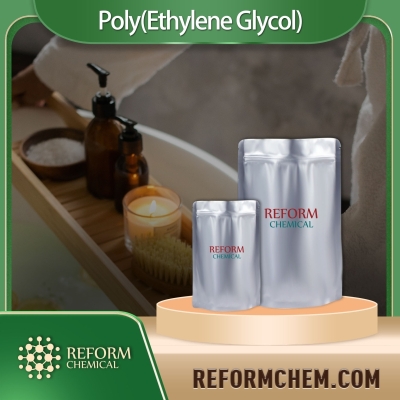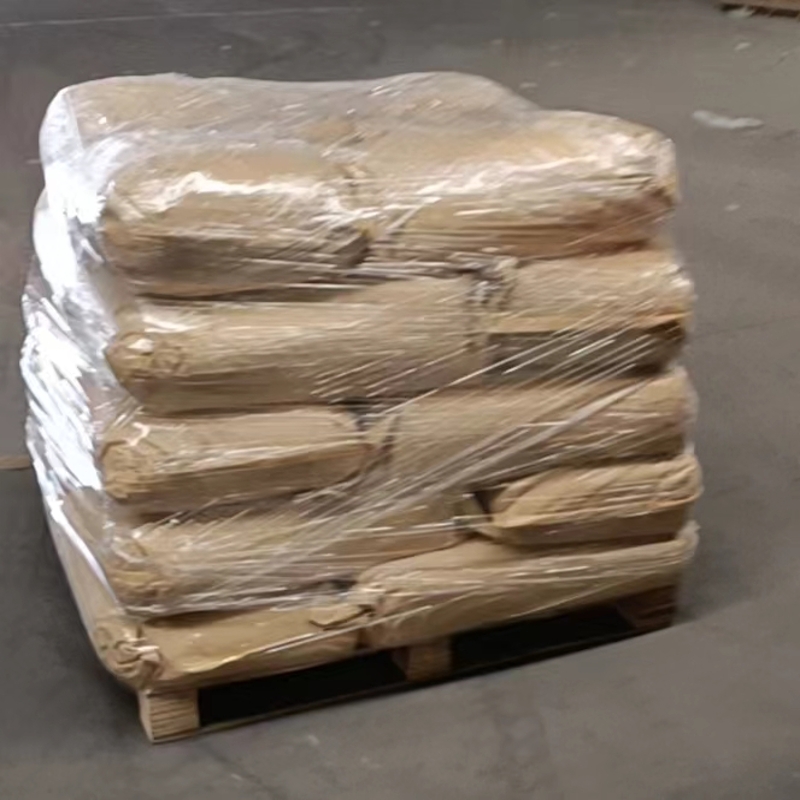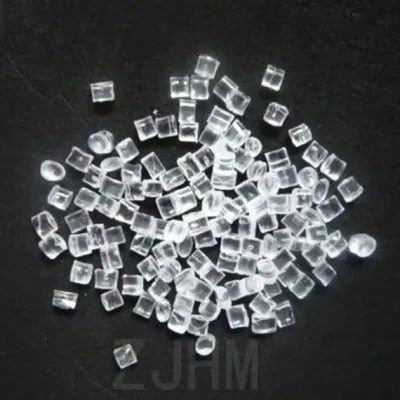-
Categories
-
Pharmaceutical Intermediates
-
Active Pharmaceutical Ingredients
-
Food Additives
- Industrial Coatings
- Agrochemicals
- Dyes and Pigments
- Surfactant
- Flavors and Fragrances
- Chemical Reagents
- Catalyst and Auxiliary
- Natural Products
- Inorganic Chemistry
-
Organic Chemistry
-
Biochemical Engineering
- Analytical Chemistry
-
Cosmetic Ingredient
- Water Treatment Chemical
-
Pharmaceutical Intermediates
Promotion
ECHEMI Mall
Wholesale
Weekly Price
Exhibition
News
-
Trade Service
Recently, the new energy storage battery technology developed by the Laboratory of New Electrochemical Energy Storage Technology of Huazhong University of Science and Technology has achieved the latest research results: sulfur-doped amorphous carbon is used as the anode material
for high-performance sodium-ion batteries for the first time.
It is reported that the working principle of sodium-ion batteries is similar to that of lithium-ion batteries, and they have potential application prospects
in the field of large-scale energy storage.
However, the radius of sodium ions is much larger than that of lithium ions, and it is very difficult
to develop suitable sodium-embedded electrode materials.
The laboratory uses cheap small organic molecules NTCDA and elemental sulfur as raw materials to obtain sulfur-doped amorphous carbon by high-temperature pyrolysis and uses it as the anode material
for sodium-ion batteries.
This study points out a new direction
for the realization of high-capacity, high-efficiency and high-cycle sodium-ion batteries.
Recently, the new energy storage battery technology developed by the Laboratory of New Electrochemical Energy Storage Technology of Huazhong University of Science and Technology has achieved the latest research results: sulfur-doped amorphous carbon is used as the anode material
for high-performance sodium-ion batteries for the first time.
It is reported that the working principle of sodium-ion batteries is similar to that of lithium-ion batteries, and they have potential application prospects
in the field of large-scale energy storage.
However, the radius of sodium ions is much larger than that of lithium ions, and it is very difficult
to develop suitable sodium-embedded electrode materials.
The laboratory uses cheap small organic molecules NTCDA and elemental sulfur as raw materials to obtain sulfur-doped amorphous carbon by high-temperature pyrolysis and uses it as the anode material
for sodium-ion batteries.
This study points out a new direction
for the realization of high-capacity, high-efficiency and high-cycle sodium-ion batteries.







